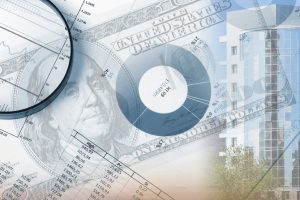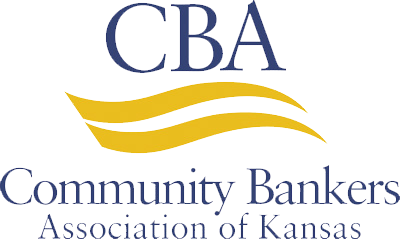Experts predict a continuing rise in bankruptcy filings as COVID-related debt relief expires. This article intends to provide creditors with a brief bankruptcy overview, including the most common types of bankruptcy cases, to enable them to participate more confidently in the bankruptcy process. Of course, bankruptcy is complex and each case is uniquely nuanced. Creditors should contact a bankruptcy attorney for assistance in responding to specific bankruptcy filings.
1. The Petition
Every bankruptcy case is initiated by filing a bankruptcy petition. A debtor who files under any Bankruptcy Code chapter is required to file certain statements and schedules outlining its financial condition, including secured and unsecured debts. Creditors should review a debtor’s petition, statements, and schedules to gain insight into, among other things, the debtor’s intentions regarding their obligations and related collateral.
2. The Automatic Stay
The filing of a bankruptcy petition triggers an injunction called the “automatic stay,” which temporarily halts most collection actions against a debtor or a debtor’s property. It is imperative that creditors not violate the automatic stay. When a creditor receives notice of a bankruptcy filing, it should immediately cease all actions against the debtor, including wage garnishments, collections, foreclosures, and repossessions.
3. Common Bankruptcy Types1
Chapter 7
Chapter 7 is a “liquidation” bankruptcy. During a Chapter 7 case, a bankruptcy trustee gathers and sells a debtor’s non-exempt assets and distributes proceeds to creditors. Where there are no non-exempt assets available for sale, unsecured creditors do not receive distributions. Secured creditors generally retain their valid liens and the ability to enforce them after a bankruptcy case concludes.
Chapter 11
Chapter 11 is a “reorganization” bankruptcy. In these cases, the debtor, acting in a fiduciary capacity as a “debtor-in-possession,” typically maintains possession and control of its assets and operates its business during the reorganization process. Often, a creditors’ committee is appointed to represent the interests of unsecured creditors.
In a Chapter 11 bankruptcy, creditors have the opportunity to vote on and object to confirmation of a debtor’s proposed plan of reorganization. Because a debtor is highly motivated to confirm and effect such a plan, creditors often have substantial power to negotiate their claims.
Specific debtors may elect to proceed under subchapter V of Chapter 11, which simplifies and condenses the bankruptcy process to make reorganization less expensive for smaller debtors. After a Chapter 11 plan is confirmed (approved by the court), payments will be made to creditors according to plan terms.
Chapter 12
Defined as a hybrid of Chapters 11 and 13, Chapter 12 provides a more streamlined bankruptcy process for “family farmers” or “family fishermen” who have regular annual income. Qualifying debtors can propose and implement a plan to pay all or part of their debts over three to five years. Creditors do not vote on a Chapter 12 plan but may object to its confirmation. After a plan is confirmed, the Chapter 12 trustee will distribute funds per the plan’s terms.
Chapter 13
Chapter 13 provides a way for individuals with regular income to propose and implement a plan to pay all or part of their debts over three to five years. Creditors do not vote on a Chapter 13 plan but may object to its confirmation. After a plan is confirmed, the Chapter 13 trustee will distribute funds per the plan’s terms.
Proofs of Claim
In most bankruptcy cases, a creditor must file a proof of claim, including supporting documentation. The treatment of a creditor’s claim depends on whether it is secured or unsecured. Creditors should determine whether their debt is secured, confirm the status and location of any related collateral, and file a timely and complete proof of claim.
Discharge
The result of a successful bankruptcy is an entry of an order discharging the debtor from liability for certain debts. While the discharge timing varies based on the type of case filed, in all cases, the discharge permanently bars creditors from taking any action to enforce or collect discharged debts.
Regardless of the type of case filed, creditors should protect their interests by participating meaningfully in the bankruptcy process. This participation should include communicating early and often with the debtor and other parties in interest, promptly filing a proof of claim, carefully reviewing a debtor’s proposed treatment of claims, and exercising the right to vote or object to a debtor’s proposed bankruptcy plan when appropriate.
* On March 27, 2021, President Biden signed the COVID-19 Bankruptcy Relief Extension Act. A bankruptcy professional can help creditors navigate the Act’s effect on their rights and obligations in a bankruptcy case.
1 This article does not address bankruptcies commenced under Chapters 9 (municipality bankruptcy) and 15 (ancillary and cross-border bankruptcy) of the Bankruptcy Code.
Camber Jones is an associate at Spencer Fane’s Springfield, Missouri office. She is a member of the firm’s Banking and Financial Services Group.










